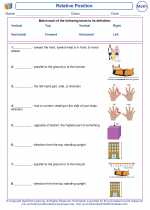Relative Position
Relative position refers to the location of an object in relation to another object. In first grade math, students learn about different positional words and how to describe the relative position of objects in their environment.
Some common positional words that first graders learn include:
- Above
- Below
- Next to
- Between
- In front of
- Behind
Students are taught to understand and use these words to describe the position of objects in relation to each other. For example, they might be asked to identify which object is above another, or to place an object between two others.
Teachers use various activities, such as using manipulatives, drawing exercises, and interactive games to help students develop an understanding of relative position. For example, students may be asked to place objects in different relative positions to each other, or to follow instructions using positional words.
Understanding relative position is an important foundational skill in math, as it helps students develop spatial awareness and the ability to describe and understand the location of objects in their environment.
By mastering relative position, students can also develop problem-solving skills and spatial reasoning, which are important for later math concepts.
Overall, learning about relative position in first grade helps students build a strong foundation for understanding spatial relationships and lays the groundwork for more advanced math concepts in the future.
[Relative Position] Related Worksheets and Study Guides:
.◂Math Worksheets and Study Guides First Grade. Relative Position
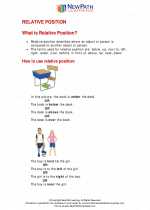
 Worksheet/Answer key
Worksheet/Answer key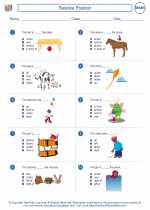
 Worksheet/Answer key
Worksheet/Answer key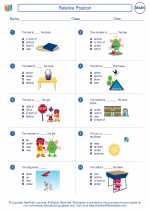
 Worksheet/Answer key
Worksheet/Answer key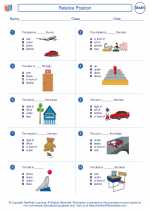
 Worksheet/Answer key
Worksheet/Answer key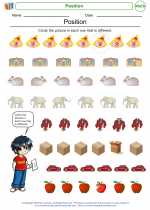
 Worksheet/Answer key
Worksheet/Answer key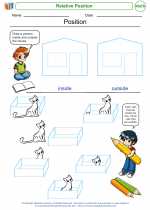
 Worksheet/Answer key
Worksheet/Answer key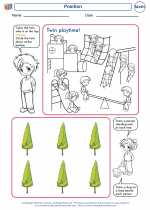
 Worksheet/Answer key
Worksheet/Answer key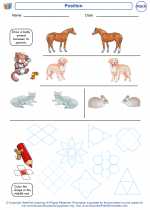
 Worksheet/Answer key
Worksheet/Answer key
 Worksheet/Answer key
Worksheet/Answer key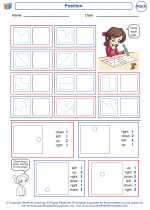
 Worksheet/Answer key
Worksheet/Answer key
 Worksheet/Answer key
Worksheet/Answer key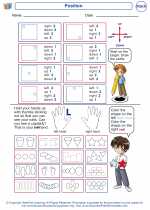
 Worksheet/Answer key
Worksheet/Answer key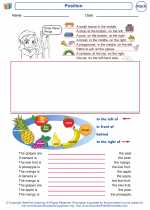
 Vocabulary/Answer key
Vocabulary/Answer key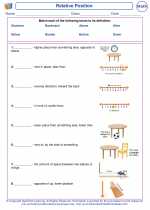
 Vocabulary/Answer key
Vocabulary/Answer key